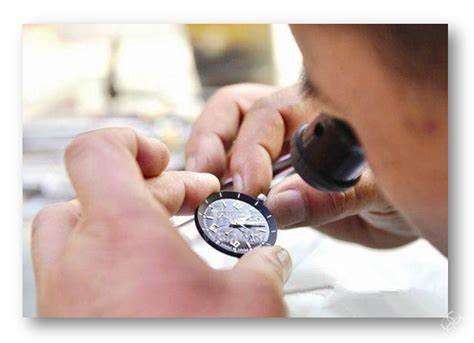


Disassembling a watch is a delicate and complex process that requires the right tools, skills, and knowledge. Watch manufacturer advice: If you are inexperienced or unsure of your abilities, have any disassembly or maintenance work handled by a professional watchmaker. However, if you have the necessary expertise and tools, here are some general guidelines for disassembling your watch.
Case back opener: used to open the case back.
Case holder: secures the case when open.
Hand remover: Used to gently remove watch hands.
Movement holder: Used to secure the movement during disassembly.
Screwdriver: Precision screwdriver for removing screws.
Tweezers: Non-magnetic tweezers for handling small parts.
Watchmaker's loupe: A magnifying glass used for detailed inspection.
Parts Tray: Organize and track small parts.

(1) Prepare your workspace
Work in a clean and well-lit area.
Lay out a soft, clean cloth to protect the watch and parts.
Have all necessary tools and equipment ready.
(2) Take off the strap
If your watch has a bracelet or strap, use the appropriate tools to remove it.
(3) Open the back of the watch
Carefully open the case back using the case back opener. Be sure to choose the correct tool to match the type of case back (screw-in, snap-on, etc.).
(4) Ensure sports safety
Open the back of the watch and use the movement holder to hold the movement in place.
(5) Remove your hands
Use a manual remover to gently remove the watch hands. Note their order and location.
(6) Remove the dial
Carefully remove the dial. It can be secured with screws or small clips.
(7) Remove the movement
Remove the movement from the case, being careful not to touch delicate parts.
(8) Disassemble the movement components
Use a precision screwdriver and tweezers to remove screws and other parts if necessary. Pay attention to the order and direction of each section.
(9) Inspection and cleaning
Check each component for wear or damage.
Clean components using appropriate tools and cleaning solutions.
(10) Reassembly
Assemble watch components in reverse order, ensuring proper alignment and orientation.
Reinstall the dial, hands, and other parts.
(11) Adjustment and calibration
Check movement for proper alignment and functionality.
Adjust your hands if necessary.
Accuracy of calibrated movements.
Important to note: If you encounter difficulty or uncertainty, seek professional help.
We are a watch manufacturer, if you need customized watches, please contact us.

2F, Building A, Shimei Industrial Park, Dalang Town, Longhua District, Shenzhen, China